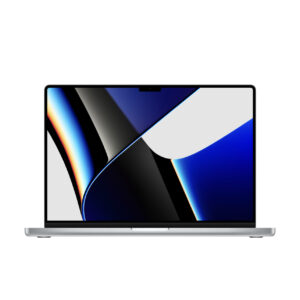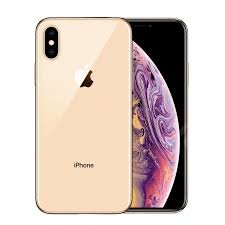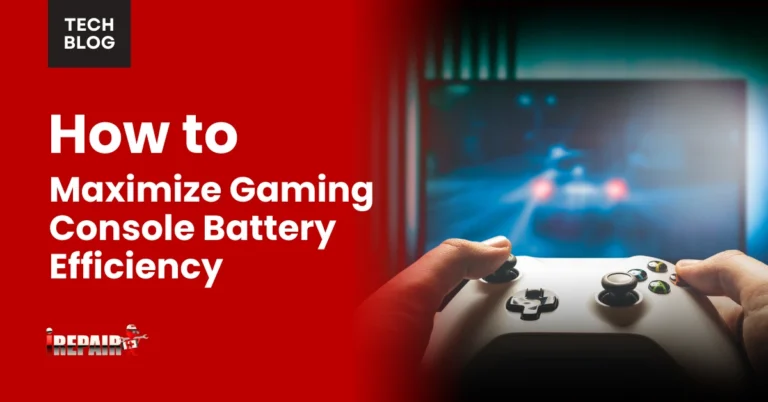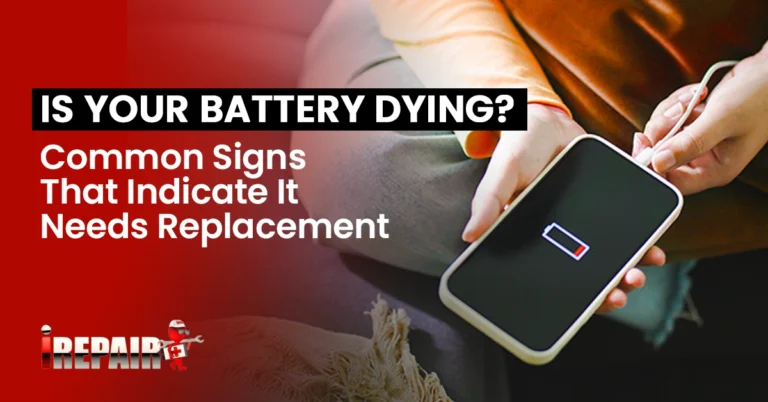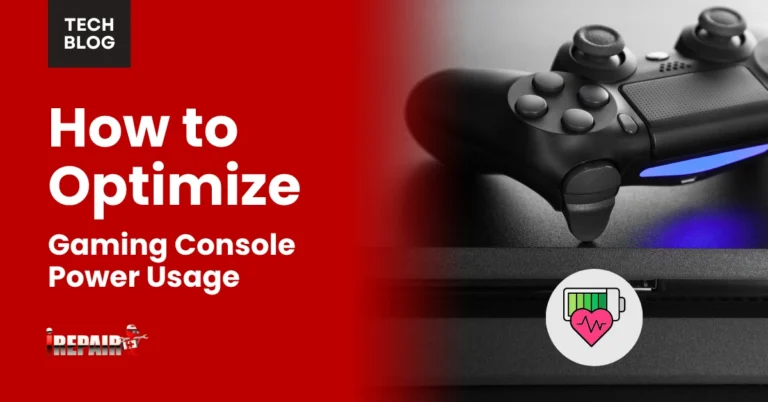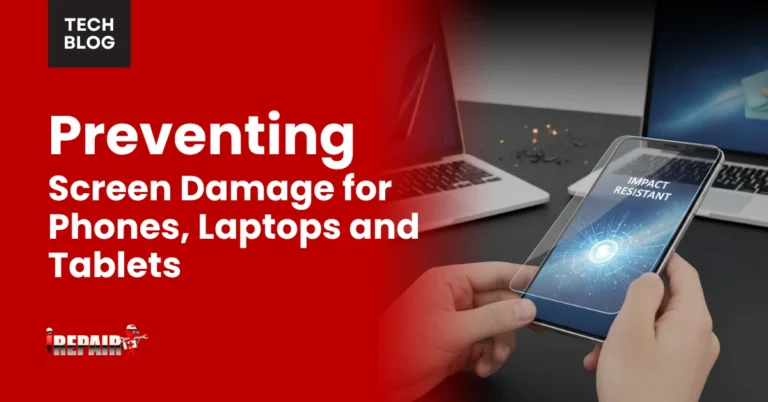Immediate Steps to Take When Your Cellphone Gets Wet
If your cellphone gets wet, immediately power it off by holding the power button. Remove the case, cables, and battery (if possible). Gently blot the exterior with a lint-free cloth, paying attention to ports and speakers. Don’t shake, blow into, or charge the device. Place it in an airtight container with silica gel packets for at least 48 hours. These critical first steps can mean the difference between recovery and replacement.
Power Off Immediately and Remove Accessible Components
When your phone takes an unexpected plunge, turning it off immediately is your most essential move. Electricity flowing through wet circuits causes corrosion and permanent damage. Don’t waste time checking if it still works; press and hold the power button until the screen goes dark.
Next, remove all accessible components. Take off the case, pull out the SIM card tray, and disconnect any attached accessories like headphones or charging cables. If your phone has a removable battery (rare in newer models), carefully extract it too. This pivotal step allows better airflow and prevents water from remaining trapped in tight spaces. By removing these components, you’re giving moisture more pathways to escape and reducing the risk of lingering damage to your device’s sensitive internal circuitry.
Dry the Exterior and Absorb Surface Moisture
The next critical step in saving your water-damaged phone is carefully drying its exterior surfaces. Grab a lint-free cloth or paper towel and gently blot; don’t wipe all visible moisture from your device. Pay special attention to ports, speakers, and button areas where water tends to linger.
For effective phone moisture removal, avoid shaking or tilting the device, as this can push water deeper into sensitive components. Don’t blow into openings either, as your breath contains humidity that could worsen the situation.
Once you’ve removed surface water, place your phone on a flat, absorbent surface. For a reliable wet phone fix, surround it with silica gel packets. If available, they’re far more effective than rice at drawing out moisture without leaving residue that could damage your device.
Use Desiccants to Draw Out Internal Moisture
After removing surface moisture, it’s time to tackle the challenging internal dampness in your device. Place your phone in a container filled with silica gel packets. These powerful desiccants are far more effective for cellphone water damage than rice, which can leave residue and doesn’t absorb moisture as efficiently.
Don’t have silica gel? You’ll find them in shoe boxes, vitamin bottles, or electronics packaging. Arrange several packets around your phone in an airtight container. For ideal device moisture removal, leave it undisturbed for at least 48 hours. The longer you wait, the better your chances of success.
Remember to avoid direct heat sources like hair dryers or sunlight, as these can warp internal components while attempting to dry them.
Avoid Common Mistakes That Cause Further Damage
Despite your best efforts to rescue your water-damaged phone, well-intentioned actions can sometimes worsen the situation beyond repair. One of the worst emergency phone care mistakes is powering on your device too soon. Even if your phone appears dry externally, internal components may still contain moisture, causing short circuits when activated.
Never attempt to charge a wet cellphone; this can instantly fry its circuitry. Avoid using heat sources like hair dryers, microwaves, or ovens, as these can melt internal components. Don’t vigorously shake or blow into ports, which may push water deeper into the device.
Another critical wet cellphone tip: resist repeatedly pressing buttons to “test” functionality, as this can force water into sensitive areas. Finally, don’t delay action; corrosion begins immediately after water exposure, making a quick, appropriate response essential.
When to Seek Professional Repair Services
Even after following all recommended drying procedures, your phone may still show signs of water damage that require expert attention. Watch for persistent issues like screen discoloration, charging problems, or unresponsive buttons – these indicate internal water damage; steps weren’t sufficient.
Don’t delay seeking phone water repair if you notice these warning signs. Professional technicians have specialized equipment like ultrasonic cleaners that can remove corrosion from delicate components inaccessible at home. They’ll also check for hidden moisture damage that might cause future problems.
Consider professional repair, especially for high-end devices, as the cost of service is typically less than replacement. Many repair shops offer free diagnostics, so you’ll know exactly what needs fixing before committing to repairs. Remember that quick professional intervention can save a seemingly dead device.
Frequently Asked Questions
Can I Use a Vacuum Cleaner to Remove Water From My Phone?
No, you shouldn’t use a vacuum cleaner on your wet phone. The strong suction can actually force water deeper into your device and damage delicate internal components. It might also create static electricity that could harm your phone’s circuits. Instead, gently dab your phone with a lint-free cloth, then use silica gel packets or uncooked rice as moisture absorbers. Let it dry completely for 48-72 hours before turning it on again.
Does Phone Water Damage Coverage Vary Between Insurance Policies?
Yes, phone water damage coverage varies considerably between insurance policies. You’ll find some carriers offer complete protection while others exclude water damage entirely. Deductibles, claim limits, and replacement options also differ. Premium plans typically provide better coverage, but always check the fine print. Some policies require additional riders for water damage, while others include it in standard coverage. It’s worth calling your provider to understand exactly what’s covered before an accident happens.
Will Water Damage Void My Manufacturer’s Warranty Completely?
Yes, water damage will typically void your manufacturer’s warranty completely. Most warranties explicitly exclude liquid damage, as it’s considered accidental rather than a manufacturing defect. You’ll notice this in the fine print or warranty terms. Your phone likely has liquid damage indicators that change color when wet, which technicians check during inspection. That’s why many people opt for additional insurance policies that specifically cover water damage.
Can Water-Damaged Phones Develop Problems Weeks After Drying Out?
Yes, your water-damaged phone can develop problems weeks after drying out. This happens because corrosion continues spreading on internal components even after the device seems dry. You might notice delayed issues like battery drain, touchscreen glitches, or speaker problems. Water minerals left behind create corrosive bridges between circuits that worsen over time. That’s why professional cleaning after water exposure is worth considering, even if your phone initially seems to work fine.
Are Waterproof Phone Pouches as Effective as Waterproof Cases?
Waterproof pouches aren’t typically as effective as dedicated waterproof cases. While pouches offer flexibility for multiple phone models and temporary protection, they’re more prone to user error during sealing and can deteriorate over time. Waterproof cases provide better protection with custom-fit designs and consistent IP ratings. They’re more expensive and bulkier, but they’re your best bet for reliable protection if you’re frequently around water. The trade-off is between convenience and maximum protection.

